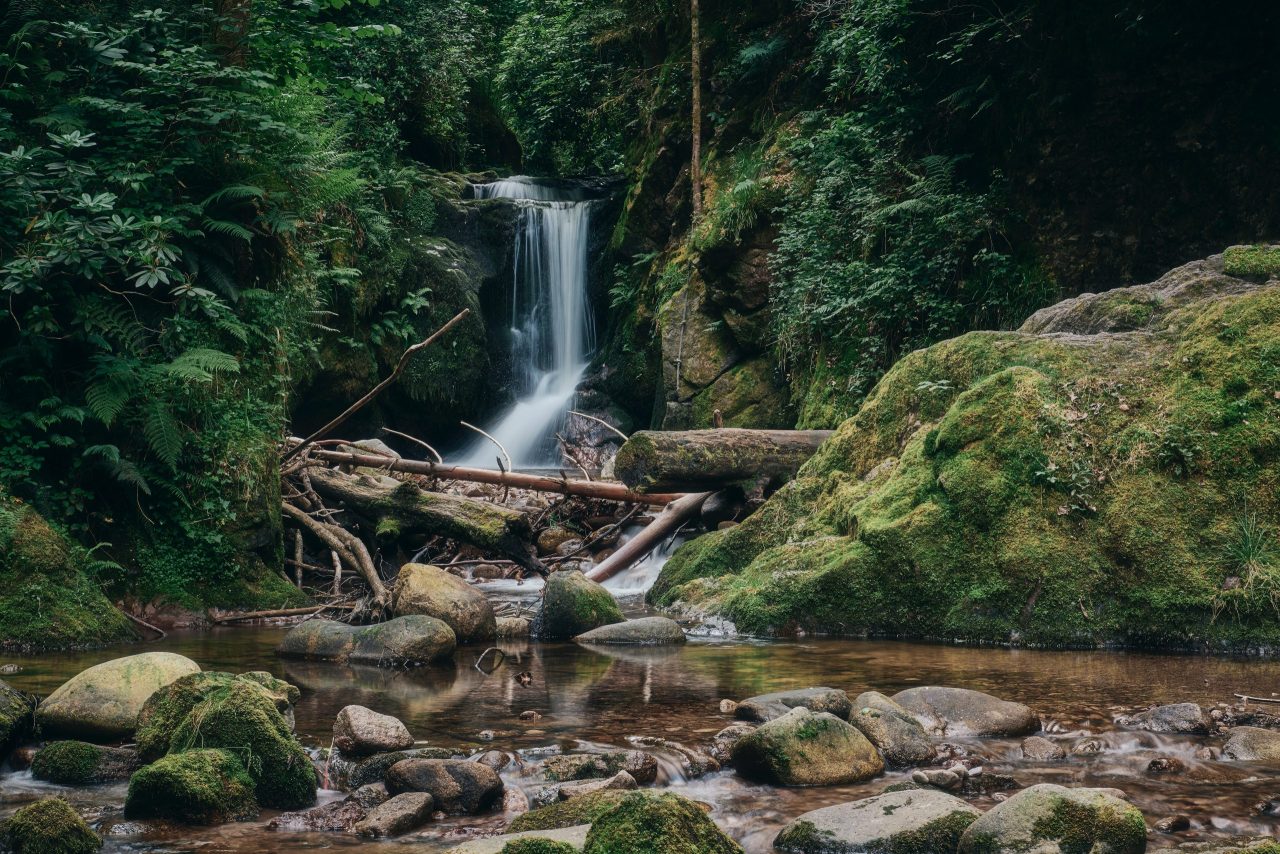A natural river flow is essential for the health and survival of wildlife in and around the water. Here are some ways in which natural river flow can benefit wildlife:
- Habitat creation: A natural river flow creates a diverse range of habitats for aquatic and semi-aquatic wildlife. Areas of slow-moving water provide habitat for fish, amphibians, and reptiles, while areas of faster-moving water create habitat for invertebrates and fish.
- Nutrient cycling: The natural flow of a river helps to transport nutrients downstream, which is essential for the health of the ecosystem. Nutrient-rich waters support the growth of algae, which provide food for fish and other aquatic organisms.
- Oxygenation: A natural river flow helps to oxygenate the water, which is vital for the survival of fish and other aquatic organisms. Areas of slow-moving water can become stagnant and oxygen-depleted, which can be harmful to wildlife.
- Flood prevention: A natural river flow helps to prevent flooding by carrying water away from flood-prone areas. Floods can be devastating to wildlife habitats, so a natural river flow is important for maintaining the health of the ecosystem.
- Migration: Many species of fish and other aquatic organisms rely on a natural river flow for their seasonal migrations. For example, salmon swim upstream to spawn in their native streams, and a natural river flow is necessary for them to complete their journey.
- Reproduction: A natural river flow can also benefit wildlife reproduction. For example, some fish species require certain water conditions to successfully spawn and raise their young. Changes in water flow or quality can disrupt this delicate process and harm the survival of the offspring.
- Diversity: A natural river flow creates a diverse range of habitats that can support a wide variety of species. This helps to promote biodiversity and maintain a healthy ecosystem.
- Erosion prevention: A natural river flow helps to prevent erosion along the banks of the river. Erosion can damage wildlife habitats, and a natural river flow can help to stabilize the banks and protect the ecosystem.
- Water quality: A natural river flow can help to maintain high water quality by carrying pollutants away from sensitive habitats. This is important for the health of both aquatic and terrestrial wildlife that rely on the river for drinking water and food.
In summary, a natural river flow is crucial for maintaining a healthy and diverse ecosystem for wildlife. It supports a wide range of species and processes, including habitat creation, nutrient cycling, oxygenation, flood prevention, migration, reproduction, diversity, erosion prevention, and water quality.
